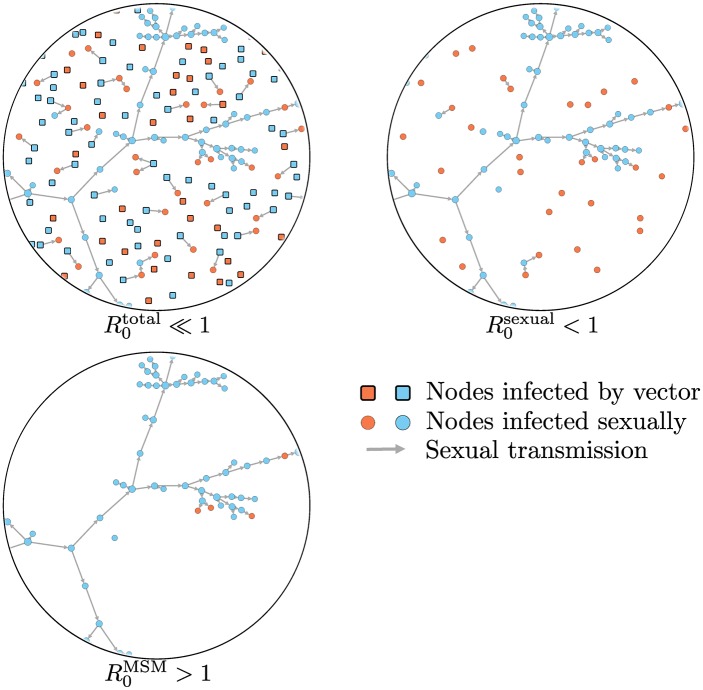Fig 1. Women and men are shown in orange and blue, respectively, with squares indicating vector-infected individuals and circles corresponding to infections acquired sexually.
Since most vector-infected individuals typically transmit ZIKV to 0 or 1 sexual partners, a biased estimate of the relevant reproductive number for sexual transmission risk (), will be obtained when considering all infections, thus inaccurately suggesting that ZIKV cannot be a self-sustaining STI (one would correctly determine that ; however, this quantity underestimates the risk of sexual transmission). Considering only transmissions caused by sexually-infected individuals corrects for the bias, but still may not provide a complete assessment of the threat posed by ZIKV as an STI (). In fact, because of the highly asymmetric sex-dependent probability of transmission of ZIKV, an epidemic is likely to occur in the men-who-have-sex-with-men (MSM) community with some spillover transmission to the population not active in the MSM community, a situation that can only be modeled through a well-suited community-specific reproductive number (e.g., ).

